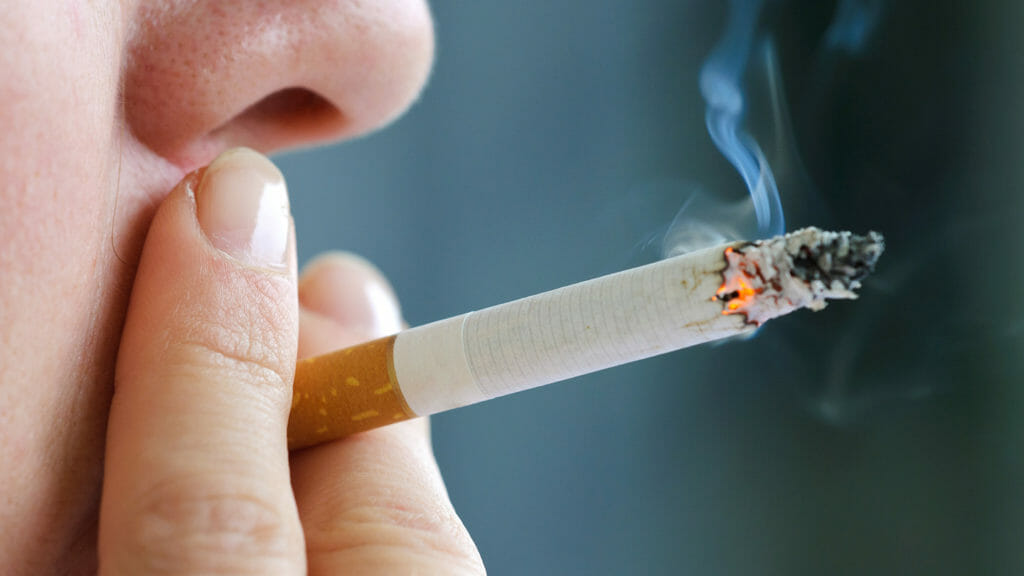
A recent series of fires in senior living communities across the country is a stark reminder that protecting residents and staff members boils down to education, cooperation and good faith, according to a fire safety expert.
A Golden Pond Retirement Community resident in Sacramento County, CA, died last month from severe burn injuries after a cigarette fell on a blanket when she fell asleep on her patio, according to the Sacramento County Sheriff’s Office. Staff members extinguished the blaze before fire crews arrived, and no one else at the community was affected.
Last month at Morada Rogers, an independent living community in Arkansas, an improperly discarded cigarette started a fire in a resident’s room, according to the fire department. A sprinkler system in the room confined the fire until firefighters arrived.
Both fires provide an opportunity to highlight fire prevention strategies that senior living and care communities can adopt, according to Stan Szpytek, president of Fire and Life Safety Inc. and a frequent contributor to McKnight’s Senior Living and its sister media brands.
Szpytek told McKnight’s Senior Living that one of the greatest threats of fire in a senior living community or healthcare facility is “covert smoking” — someone trying to hide evidence of smoking.
“People have got to respect smoking regulations,” he said. “Facilities need to clearly develop smoking policies and procedures and enforce them. It’s not doing the residents, staff or anyone else any good by looking the other way.”
Szpytek said that fires at communities have been started by cigarettes being discarded from balconies and igniting landscaping materials or combustibles on lower balconies. He said he also has seen doors propped open after residents or staff members forgot to close them after covert smoking, creating security issues on top of fire safety concerns.
“Staff needs to be on constant, vigilant lookout,” he said, adding that “boots on the ground” nursing assistants, clinical technicians and housekeeping staff can sound the alarm when they see evidence of covert smoking, including ash or scorch marks on carpeting and furniture. “You’re not doing the residents or constituents, nor the rest of the population, any favors by turning a blind eye to any of that stuff.”
Smoking is allowed in some communities, Szpytek said. In those cases, he recommends providing access to noncombustible ashtrays or ash cans in designated smoking areas. Also, he said, fire blankets or smoking bibs should be on hand in regulated smoking facilities.
Senior living communities also can adopt a strategy used in memory care communities and behavioral care facilities, which is to designate specific smoking times and lock up cigarettes and ignition sources, such as lighters or matches, in lock boxes.
Faulty systems and open doors
Other recent senior living fires highlighted additional fire safety concerns.
A deadly Dec. 29 fire at Feels Like Home Senior Lifestyle Residences in Memphis, TN, was helped by a disabled sprinkler system following burst pipes that led to low water pressure. A fire access lane to the building also was blocked, limiting firefighters’ accessibility.
The building was declared a total loss, with property loss estimated at $1 million and content loss estimated at $500,000, according to the Memphis Fire Department.
And in Oakland, CA, in fall 2022, a fire spread from a resident’s Great Lake Gardens apartment to the hallway of the senior living community through an open door. The resident, who fled the unit and left the door open, said that a power strip was sparking and set a couch on fire.
The four-alarm fire led to three residents being hospitalized for smoke inhalation and a firefighter being injured. Szpytek said that the scenario would not have been as damaging had the resident closed her door when she fled her unit.
Although federal law requires nursing homes to be fully sprinklered, many assisted living and independent living communities, he said, are regulated by state and local codes, which vary. A lack of sprinkler systems, or disabled or faulty systems in a community create “huge vulnerabilities” and always are a contributing factor to damaging fires in congregate living settings, Szpytek said.
The bottom line, Szptek said, is that senior living communities need to partner with residents and staff members to create a community approach to fire safety.


